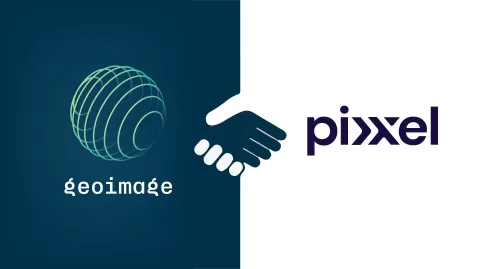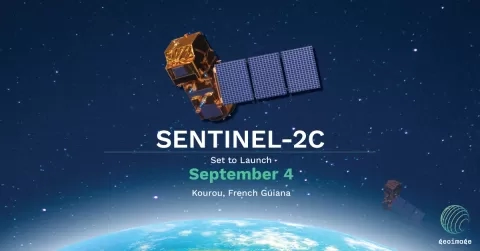08 August, 2023
Celebrating 35 years of Geoimage: A Journey through Earth Observation
Today, we at Geoimage are delighted to mark our 35th anniversary in the realm of satellite data processing and analytics. From our humble beginnings in a suburban Brisbane garage on August 8th, 1988, to our present-day accomplishments, we’ve been witness to an awe-inspiring revolution in Earth observation capabilities. Let’s take a brief look at the changes to Earth Observation over the past three and a half decades.
The 1990s witnessed rapid advancements in satellite technology. The launch of high-resolution sensors brought an entirely new level of detail to our images. We marvelled at the ability to track changes in urban landscapes, monitor deforestation, and even gain insights into the Earth’s changing climate. It was an era of expansion, as satellites started offering multispectral data, enabling us to analyse vegetation health, geological formations, and more.
The 2000s, saw the emergence of satellite constellations, forming intricate networks that blanketed the Earth’s orbit. This constellation revolution unlocked new monitoring capabilities, enabling us to track changes on a daily basis. The world watched in awe as we monitored urban sprawl, agricultural patterns, and even air quality with newfound accuracy.
The 2010s ushered in an era of high-performance satellites that stretched the boundaries of what was possible. Improvements in Synthetic Aperture Radar (SAR) technology revolutionised our ability to observe regardless of weather conditions, unveiling Earth’s secrets beneath the clouds at less than 1 metre spatial resolution.
And here we are, in the present day where Artificial Intelligence (AI) and Big Data have joined forces with satellite technology, allowing us to process massive datasets such as the whole of NSW (890,000 sq km), detect minute millimetre changes using InSAR on urban landscapes and mines, and predict trends. From disaster response and resource management to urban planning and conservation efforts, the applications are boundless.
As we gaze toward the future, we’re excited by the possibilities that lie ahead. With miniaturised satellites, improved energy efficiency, and enhanced AI algorithms, Earth observation is set to reach even greater heights. We envision a world where satellites not only observe but actively contribute to solving some of our most pressing global challenges.
On this momentous occasion, we extend our gratitude to all those who have been part of this incredible journey. From our talented team at Geoimage to the brilliant minds in the satellite industry, and of course, to you, our partners, and supporters – thank you for being a part of this adventure!


